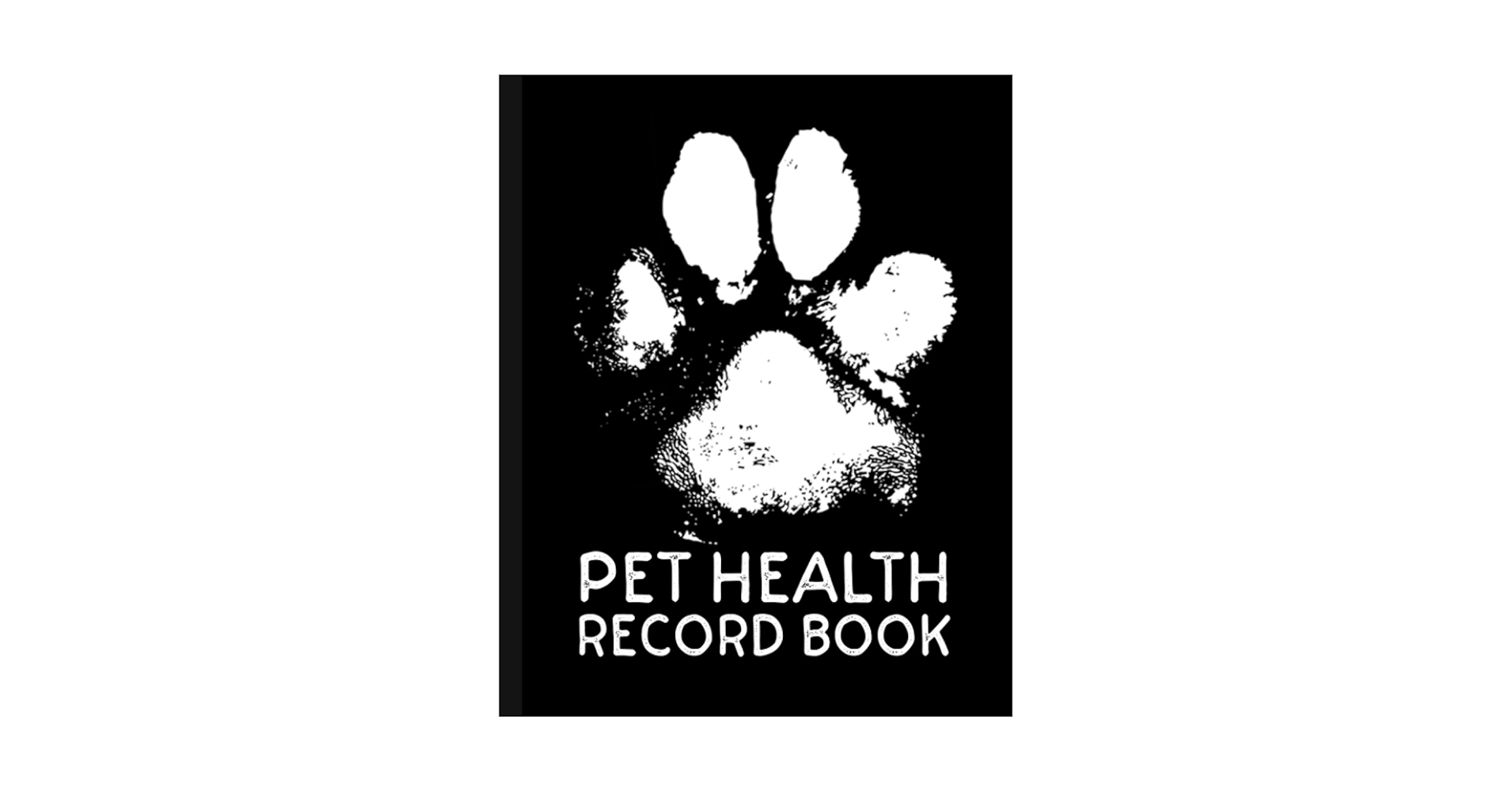
Journals and Diaries That Capture the Daily Rhythm of Pet Health
Vetwork – Every pet owner knows that caring for animals involves more than occasional vet visits or grooming appointments. The daily reality is full of small yet meaningful routines feeding, exercise, grooming, and observing changes in behavior. Throughout history, journals and diaries have played an essential role in documenting these routines, offering insights into the Daily Rhythm of Pet Health. Today, these records are not just private reflections but also valuable resources for veterinary care, cultural storytelling, and even scientific research.
The act of recording observations allows pet owners to capture details that might otherwise be overlooked. By maintaining a consistent journal, the Daily Rhythm of Pet Health becomes clearer and easier to understand. Several reasons explain why this practice matters:
Subtle changes in appetite or hydration can be tracked accurately.
Grooming habits, coat health, and hygiene can be observed over time.
Patterns of activity, rest, and exercise are documented clearly.
Owners can share detailed notes with veterinarians when issues arise.
Diaries provide a personal archive of memories and emotional bonds.
Each of these reasons shows that journals are more than simple logs; they reflect the intimate Daily Rhythm of Pet Health within the home environment.
The use of diaries to track animal care is not new. Many cultures have incorporated animals into literature, folklore, and daily records. When these journals are studied, the Daily Rhythm of Pet Health reveals layers of meaning about human-animal relationships across time. Some examples include:
Victorian pet diaries: Families often kept records of feeding routines and health remedies for beloved dogs and cats.
Agricultural journals: Farmers meticulously tracked the health and grooming of working animals.
Travel diaries: Explorers recorded the conditions of animals that traveled with them on long voyages.
Folklore-inspired records: Communities documented grooming and health rituals tied to cultural beliefs.
Modern wellness journals: Pet owners now combine digital apps with traditional diaries to monitor every detail.
These records, whether personal or cultural, make it possible to see how the Daily Rhythm of Pet Health has been valued in different societies.
Maintaining a journal can feel intimidating at first, but with simple steps, anyone can capture meaningful details about their pets. To reflect the Daily Rhythm of Pet Health effectively, consider these methods:
Use a dedicated notebook: Keep a space only for pet care notes, separate from other diaries.
Record daily essentials: Note meals, water intake, grooming sessions, and exercise routines.
Observe behaviors: Track mood, playfulness, or unusual patterns of rest.
Add health notes: Include medication, vet visits, or small health issues that may arise.
Incorporate visuals: Photos, sketches, or even paw prints can bring the journal to life.
Through these practices, the diary becomes a living document that reflects the Daily Rhythm of Pet Health in both practical and creative ways.
Looking at journals and diaries through history and modern use, it becomes clear that they serve multiple purposes. They preserve memory, assist in medical care, and connect culture with daily life. The Daily Rhythm of Pet Health captured in these records demonstrates that caring for pets is not only about responding to emergencies but also about honoring the small, consistent rituals that shape their well-being. For owners and researchers alike, these diaries remain invaluable, blending emotion with practicality in the ongoing story of human-animal companionship.
This website uses cookies.